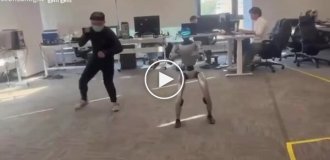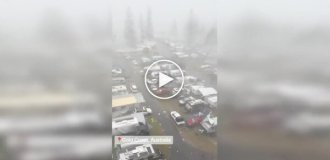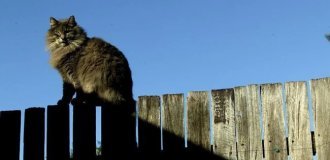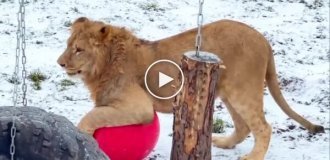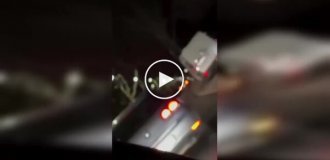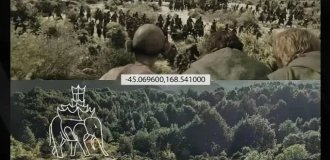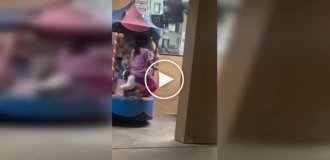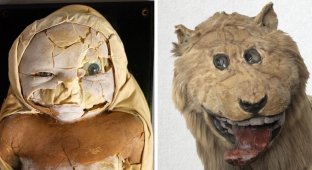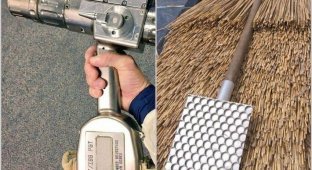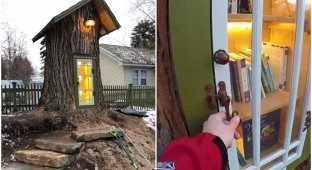Scientists scanned more than 13,000 exhibits and created a 3D museum of vertebrate animals (11 photos + 1 video)
The project, called OpenVertebrate (oVert), involved 18 American natural history museums scanning exhibits over a six-year period. The goal of the project is to provide researchers with useful data and make more discoveries about animals while keeping fragile museum exhibits intact. 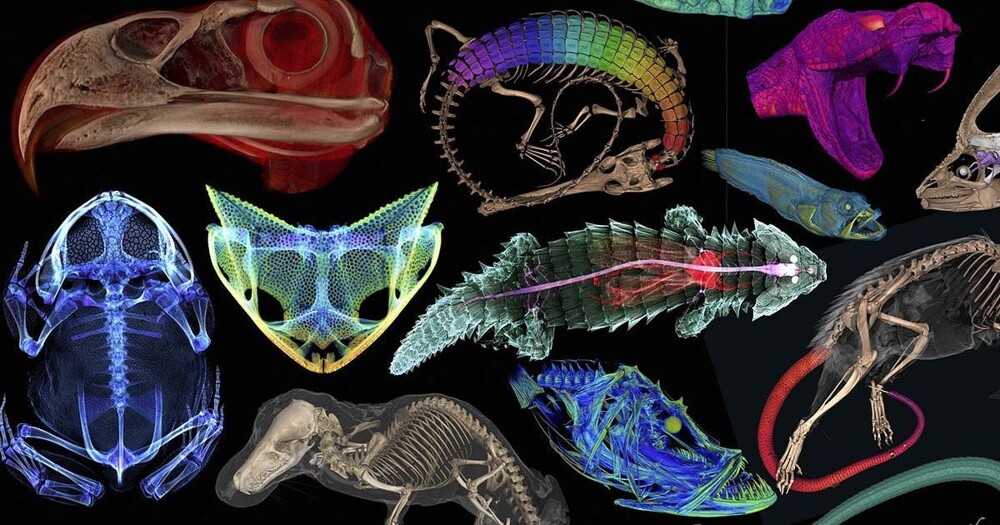
The Florida Museum announced that the first part of the oVert digital library is complete. Now more than 13,000 three-dimensional models of vertebrates can be studied on the Internet, examining both their appearance and internal structure. Images for the library were obtained using computed tomography.
Previously, for a thorough study, scientists needed to travel to where a specific sample was stored, or receive it by mail for temporary use. Now this can be done from anywhere in the world, and completely free of charge.
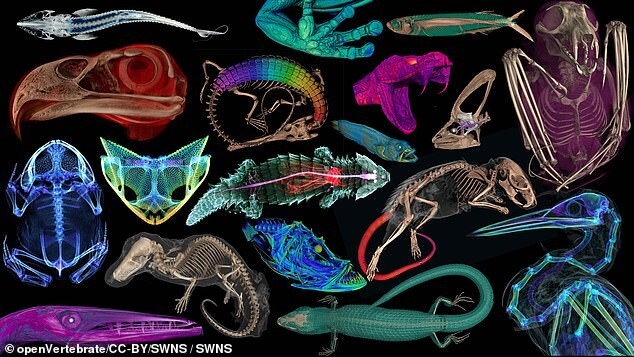
From 2017 to 2023, participants in the oVert project scanned more than half of the representatives of all amphibians, reptiles, fish and mammals in the United States (in total, the project claims about 20,000 exhibits). The research paper said that while they were able to obtain most of the amphibian and reptile specimens, they were unlikely to make more progress with birds and mammals due to a lack of available specimens in the US.
“Museums are constantly having to navigate,” says David Blackburn, lead principal investigator for the oVert project and curator of herpetology at the Florida Museum. “On the one hand, they want to protect the exhibits, on the other hand, they want people to use them. oVert is a way to reduce wear and tear on exhibits while increasing access to them, and is the next logical step in realizing the mission of museum collections.”
In some cases, creating a 3D rendering of the creature was a piece of cake, but in other cases, the project team had to use their ingenuity to get a more complete picture.
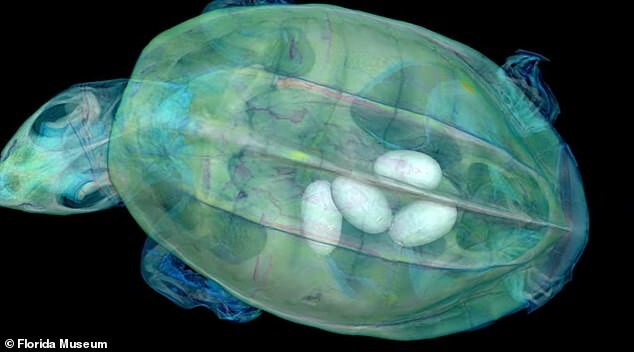
Obtaining a 3D image of the turtle was difficult, so the scientists placed it on a raft to get a full scan.
Participants also had to decide which samples to use, and although the original goal was to scan only those samples that had been preserved in ethyl alcohol, some specimens were too large to be preserved in liquid and the scientists did not want to leave them unattended.
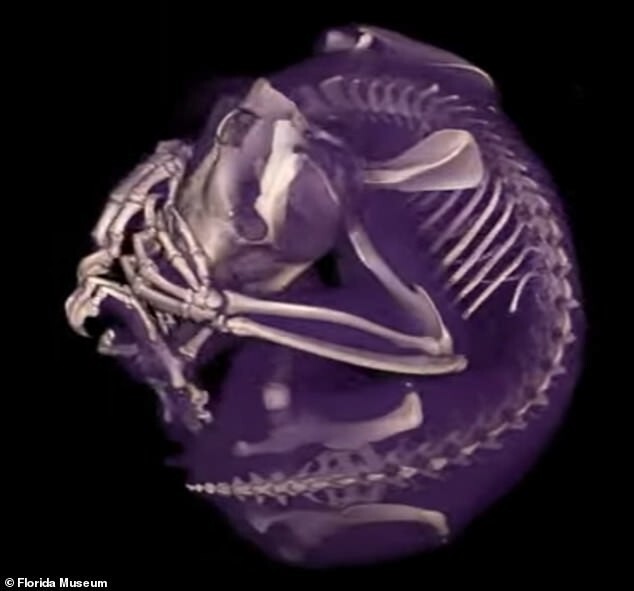
For example, the Idaho Museum of Natural History wanted to create a digital model of a humpback whale, but it was too large to get a clear image with a scanner, so instead they had to disassemble the skeleton, scan and make a 3-D image of each bone. Then the skeleton was reassembled, and at the same time a digital model of it was assembled.
Thanks to these images, scientists for the first time have a better understanding of how some of these animals functioned, including one model that showed that the fluid-filled canals in the ears of saddle toads no longer functioned properly because they had become so small . The fluid channels trigger electrical impulses in the brain that help the frog determine what's up and what's down, but because they stopped working properly, frogs fell when they jumped.
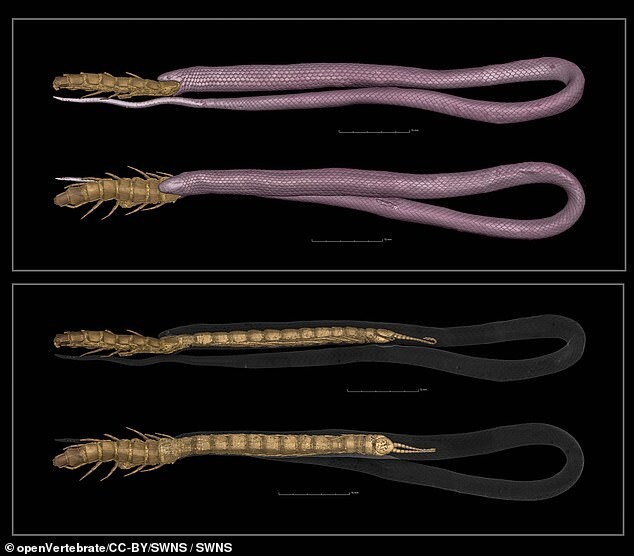
Rare rock snake dies trying to eat centipede
“All sorts of things catch your eye when you scan,” says Edward Stanley, co-principal investigator of the oVert project and associate scientist at the Florida Museum of Natural History. Last year, Stanley was scanning spiny mice for the oVert project when he discovered that their tails were covered with internal bony plates called osteoderms, which were previously thought only to be found in armadillos.

“I study osteoderms, and by chance or fate, I was the one scanning these individuals that day and noticed something strange about their tails on the X-ray,” he says. - This happens all the time. We find all sorts of strange and unexpected things.”
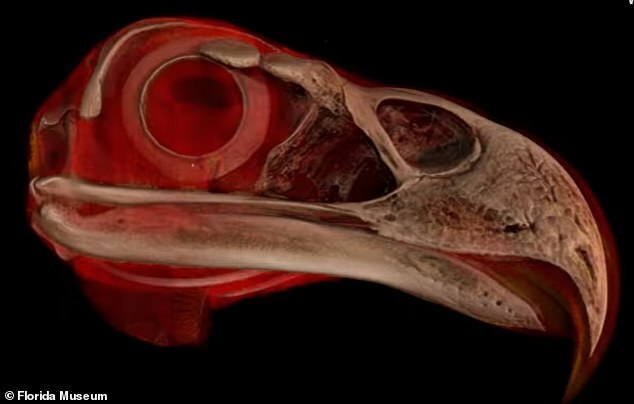
Most 3D models are showndetermine the appearance of the exhibit and the structure of its internal organs

Now scholars, teachers, students and artists around the world will be able to access this incredible digital library remotely. As of March 2024, more than 3,700 people have already used the program, and data obtained using oVert has been viewed more than a million times.
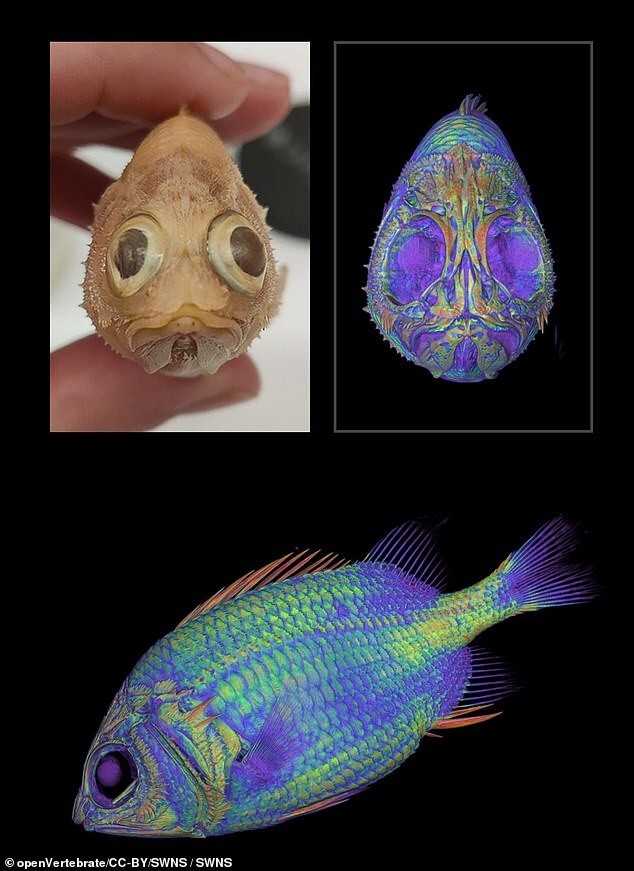
oVert 3D data has been viewed and downloaded by scientists, undergraduate and graduate students, postdocs, faculty, museum collection managers, teachers, exhibition staff and many others, according to an oVert research paper published in the journal BioScience.
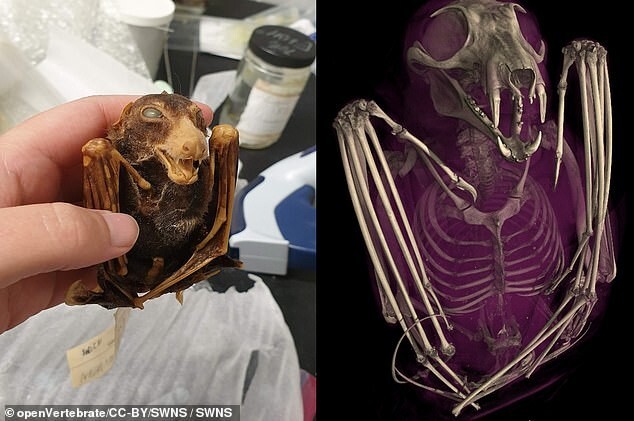
Scientists have already made many discoveries because 3D models show details they couldn't see before





